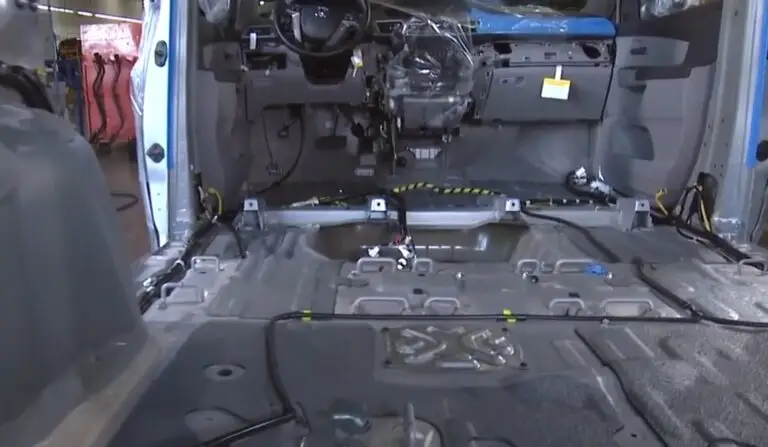Shopping for a wheelchair-accessible vehicle can feel overwhelming—especially when you start looking at the price. The good news? Grants and financial assistance programs exist to help make mobility more affordable. The trick is knowing where to look and how to apply. Here are some simple tips to get you started.
1. Research Local and National Programs
Start by checking both national disability organizations and local nonprofits. Groups like the Muscular Dystrophy Association, the National Multiple Sclerosis Society, and various veteran programs often have funding options. Don’t forget state agencies or independent living centers—they sometimes offer smaller grants or referrals.
Need a starting point? Our resource page has links to mobility grants and organizations that provide assistance.
2. Know the Eligibility Requirements
Every grant program is different. Some are based on income, while others focus on medical need, veteran status, or specific disabilities. Before applying, read the fine print so you don’t waste time on programs you don’t qualify for.
3. Gather Your Documentation Early
Most applications will ask for medical records, proof of disability, financial documents, and sometimes even a letter from a doctor or therapist. Having these ready will make the process smoother and help you meet deadlines without stress.
4. Write a Strong Personal Statement
Many grant applications want to know your story. Be honest and explain how a wheelchair-accessible vehicle will improve your independence and daily life. A clear, heartfelt statement can set your application apart.
5. Apply to Multiple Sources
Don’t put all your eggs in one basket. Apply for several grants at once, and consider pairing them with financing, rebates, or trade-in offers from mobility dealers. Even smaller grants can add up and lower your out-of-pocket costs.
6. Ask for Help if You Need It
If paperwork and applications feel overwhelming, reach out for support. Mobility dealerships like Superior Van & Mobility, social workers, and nonprofit staff are often familiar with these programs and can help you fill out the forms correctly.
7. Stay Organized and Follow Up
Keep a simple spreadsheet of the grants you’ve applied for, deadlines, and contact information. If you don’t hear back, don’t be shy about following up. Persistence shows you’re serious and can sometimes move your application forward.
Final Thoughts
Applying for grants to buy a wheelchair-accessible van takes time, but it’s worth the effort. The right funding can make the difference between struggling with transportation and gaining true independence. Start small, stay organized, and don’t be afraid to ask for help—your next set of wheels could be closer than you think!

Richard W. Maxwell, MBA
Richard Maxwell, is a seasoned automotive marketing executive with over two decades of experience. Starting in 1999 with his advertising agency, Maxx Design & Marketing, he has consistently delivered innovative marketing solutions. After earning his MBA, Richard shifted focus to adaptive technology, serving as Marketing Manager for Superior Van & Mobility. Today, he leverages his expertise to promote and educate others about adaptive equipment in transportation and drive change in accessible mobility.




